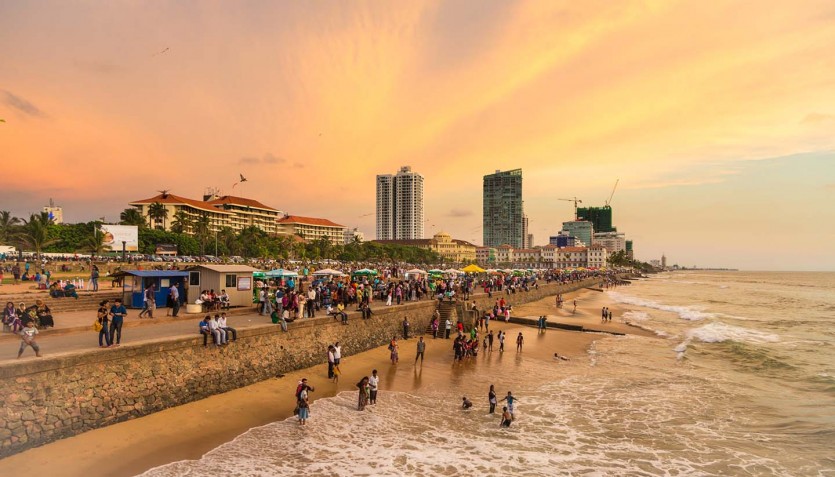Heat wave affects the majority of Sri Lanka, including Colombo.
페이지 정보

본문
Sri Lanka is presently experiencing a heat wave that has afflicted the majority of the country, including Colombo, with temperatures climbing over the warning limits. The heat index, or the temperature as experienced by the body, is predicted to rise to the level of caution in different provinces and districts, the Department of Meteorology has warned. Relative humidity and the forecasted high temperature are used to calculate the heat index. The general public has been advised to limit intense outdoor activities, find shade, stay hydrated, take rests in the shade, check on the elderly and the ill, and check on them. They have also been instructed to dress in lightweight white or light-colored clothes.
As a result of the heat wave, Sri Lanka has seen its highest electricity usage in recent times. Power and Energy Minister Kanchana Wijesekera has revealed that the highest electricity demand was recorded on Wednesday (April 19), requiring a net generation of 49.53 GWh to cater to the electricity demand countrywide. The minister forecasts an estimated energy demand exceeding 50GWh for the whole of Thursday (27). All Ceylon Electricity Board thermal plants, including the recently established Hambantota diesel-powered generators, will be utilized for power generation. Analysts have pointed out that the demand for air conditioning and fans has been higher than expected despite high electricity prices. The Meteorology Department has constantly issued warnings of the heat index and has advised the public to stay hydrated, limit strenuous activities, take breaks in the shade when outdoors, and never leave children unattended in vehicles.
Health authorities have warned about possible heat cramps and heat exhaustion for those exposed to the heat, and they have recommended avoiding flavoured and carbonated beverages and instead drinking water, king coconut, coconut water, and watermelon juice to stay hydrated. They have also recommended wearing light-weight and light-colored, cotton clothing during this period. Environmentalists have called for more awareness of green-energy solutions and policy reforms, warning that there is enough research and scientific evidence to show that our planet is overheated, and Sri Lanka is also considered a climate-challenged country.
The heat wave is expected to continue until the Southwest Monsoon begins, according to Sri Lankan officials. The public has been warned about the risk of dehydration, especially for children, pregnant mothers, and the elderly. The country is currently in the inter-monsoon season, which is between the Northeast monsoon and the Southwest monsoon. Due to the lack of wind during this time, sweat is not evaporating, and the temperature feels higher than usual because of high humidity. The mean monthly temperatures in Sri Lanka vary slightly depending on the seasonal movement of the sun, with some modified influence caused by rainfall. The mean annual temperature varies between 26.5°C to 28.5°C in the lowlands, with an annual temperature of 27.5°C. However, above-average temperatures have been recorded in areas such as Anuradhapura, Ratnapura, Jaffna, and Vavuniya in the past 24 hours.
References:
https://colombogazette.com/2023/04/13/most-parts-of-sri-lanka-including-colombo-hit-by-heat-wave/
https://www.ft.lk/news/Heat-wave-sparks-highest-electricity-usage/56-747535
Photo credits: Getty Images/iStockphoto
- PrevThe Unique Thrash Separating system of Korea 23.04.30
- NextSustainable Fashion 23.04.25
댓글목록
There are no registered comments.

